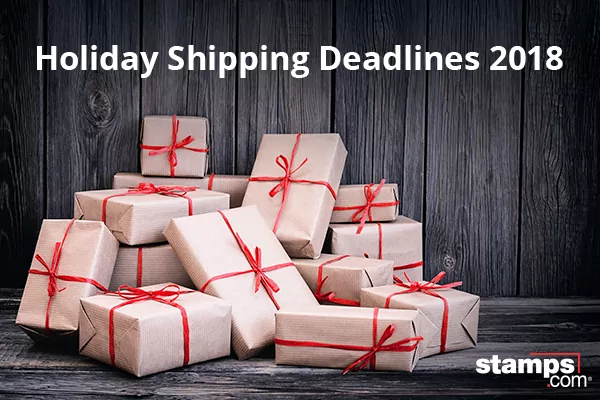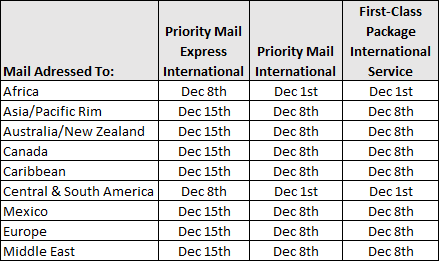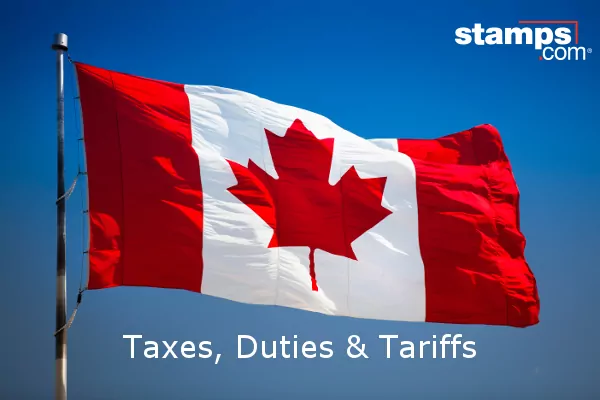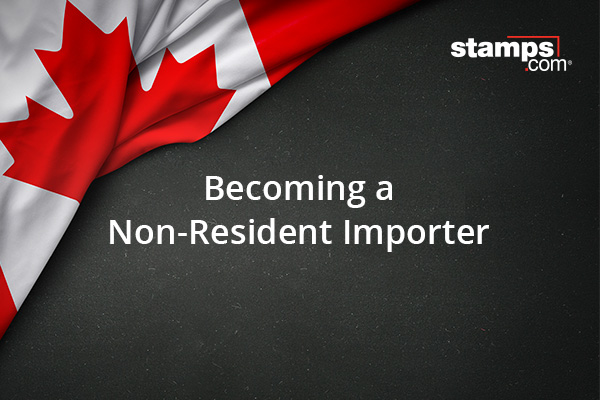USPS Priority Mail Rates 2019
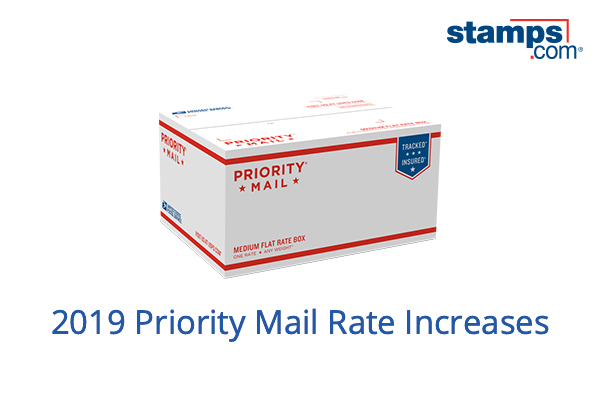
USPS Priority Mail is an expedited service that provides delivery anywhere in the U.S. within two to three days. With a maximum allowable package weight for this mail class is 70 pounds, priority mail is an affordable solution for a wide range of packages.
Priority Mail Rates in 2019
Priority Mail rates have increased an average of 5.9 percent in 2019. A one-pound package traveling from Los Angeles to New York (Zone 8) costs $8.25 in 2019, up from $7.76 in 2018. Though there is an overall rate increase in 2019, many packages will actually be cheaper to send in 2019 than they were in 2018.
|
Priority Mail – 2019 Rates (Commercial Base Pricing) |
|||
|
INCREASE PER PACKAGE – 2019 rates vs. 2018 rates |
|||
|
Mailpiece Weight |
2019 |
2018 |
Increase |
|
1 lb. – Zone 8 |
$8.25 |
$7.76 |
$0.49 |
|
2 lbs. – Zone 8 |
$10.86 |
$10.80 |
$0.06 |
|
3 lbs. – Zone 8 |
$15.28 |
$15.34 |
-$0.06 |
|
4 lbs. – Zone 8 |
$17.61 |
$18.15 |
-$0.54 |
|
5 lbs. – Zone 8 |
$20.40 |
$21.03 |
-$0.63 |
|
6 lbs. – Zone 8 |
$23.81 |
$24.07 |
-$0.26 |
|
7 lbs. – Zone 8 |
$26.75 |
$27.04 |
-$0.29 |
|
8 lbs. – Zone 8 |
$30.04 |
$30.36 |
-$0.32 |
|
9 lbs. – Zone 8 |
$33.40 |
$33.75 |
-$0.35 |
|
10 lbs. – Zone 8 |
$36.32 |
$36.71 |
-$0.39 |
Rates for Priority Mail Flat Rate Boxes and Flat Rate Envelopes also increase in 2019. A Priority Mail Padded Flat Rate Envelope will cost $7.55 in 2019, up from $7.10 in 2018.
| Priority Mail Flat Rate – 2019 Rates (Commercial Base Pricing) | |||
|
INCREASE PER PACKAGE – 2019 rates vs. 2018 rates |
|||
|
Mailpiece |
2019 | 2018 |
Increase |
|
Flat Rate Envelope |
$6.95 | $6.55 | $0.40 |
|
Legal Flat Rate Envelope |
$7.25 |
$6.85 |
$0.40 |
|
Padded Flat Rate Envelope |
$7.55 |
$7.10 |
$0.45 |
|
Small Flat Rate Box |
$7.50 |
$7.05 |
$0.45 |
|
Medium Flat Rate Box |
$12.80 |
$12.85 |
-$0.05 |
|
Large Flat Rate Box |
$17.60 |
$17.65 |
-$0.05 |
| APO/FPO Large Flat Rate Box | $16.10 | $16.15 |
-$0.05 |
Priority Mail Regional Rate Boxes provide great cost savings over regular Priority Mail when your parcel is over two pounds. For example, a Priority Mail Regional Rate Box A that weights five pounds for delivery to Zone 8 will cost $10.80 in 2018 compared to $21.03 for regular Priority Mail.
|
Priority Mail Regional Rate Boxes – 2019 Rates (Commercial Base Pricing) |
||||||||
|
INCREASE PER PACKAGE – 2019 rates vs. 2018 rates |
||||||||
| Box A | ||||||||
| Period | Zones 1 & 2 |
Zone 3 |
Zone 4 |
Zone 5 |
Zone 6 |
Zone 7 |
Zone 8 |
Zone 9 |
| 2018 | $7.10 | $7.25 | $7.40 | $8.15 | $9.47 | $10.29 | $10.80 | $15.33 |
| 2019 | $7.65 | $7.85 | $8.12 | $8.76 | $10.00 | $10.55 | $11.20 | $15.64 |
| Change | $0.55 | $0.60 | $0.72 | $0.61 | $0.53 | $0.26 | $0.40 | $0.31 |
| Box B | ||||||||
| Period | Zones 1 & 2 |
Zone 3 |
Zone 4 |
Zone 5 |
Zone 6 |
Zone 7 |
Zone 8 |
Zone 9 |
| 2018 | $7.41 | $8.42 | $9.37 | $10.65 | $16.15 | $18.47 | $21.03 | $29.15 |
| 2019 | $8.05 | $8.50 | $9.40 | $10.65 | $16.15 | $18.47 | $21.03 | $29.73 |
| Change | $0.64 | $0.08 | $0.03 | $0.00 | $0.00 | $0.00 | $0.00 | $0.58 |
